Hi Friends,
Today, we are going to talk about Herring “gulls”. We are going to use loose materials from nature to create our own pictures.
We will also be talking about water pollution and how it endangers animals.
What is the lesson (overall purpose)? To learn about animals that live on Cape Cod.
MA Guidelines/Standards:
Language: Observe and use appropriate ways of interacting in a group (taking turns in talking; listening to peers; waiting until someone is finished; asking questions and waiting for an answer. Participate actively in discussions, listen to the ideas of others, and ask and answer relevant questions. 1-2
Vocabulary: Engage in play experiences that involve naming and sorting common words into various classifications using general and specific language.
Earth Science: Compare and contrast natural materials such as water, rocks, soil, and living organisms using descriptive language.
Learning Outcomes: To learn about (seagulls) gulls and also how you can help your family keep your neighborhood clean and healthy so that animals will be safe.
Fun Facts about Herring Gulls:
What do they look like: Adult herring gulls have slightly hooked bills marked with a red spot, gray backs, black wingtips, and white heads and under parts. In the winter, their heads have dark streaks. Young gulls, known as juveniles, are speckled brown. The legs of herring gulls, at any age, are pale pink.
Food & Water: Herring gulls are omnivores. They like to eat both plants and meat. Some of the foods that they like to eat are: fish, insects, eggs, crabs, mussels, sea urchins, small clams, zooplankton, trash, etc. Herring gulls drink both freshwater and saltwater.
Life Span: Herring Gulls live for about 20 years in the wild.
Nests: Herring gulls build their nests close to rocks, logs or bushes to protect it from predators. They typically will make their nests in soft soil or sand or short grass. The female will lay 3 eggs at a time.
Herring gulls are active all year on Cape Cod. At one time they used to migrate during the winter. But, once people started feeding them, they have learned to eat from dumpsters and other man made places to get food throughout the year.
The word seagull is actually an informal way of referring to any of the species that are gulls. ... the most familiar of our gulls is the large herring gull - the one most likely to steal your chips at the beach!
Songs, Books & Videos (Motivational Techniques)
Book (snippet): Oscar The Herring Gull (part of the book)
https://youtu.be/Qk1QODJvUKc
A whale’s Tale: https://youtu.be/xFPoIU5iiYQ
Water Pollution: https://youtu.be/Om42Lppkd9w
Materials:
loose pieces from nature (rocks, twigs, leaves, etc.)
Activity (Procedure):
Take a walk in nature (your backyard, beach, woods, etc.). Gather different loose materials that you could use at your house (ie. acorns, pine-cones, feathers, twigs, leaves, driftwood, etc.).
What does a gull look like? (look at a picture of the Herring Gull). What shape is their body? wings? head? legs?
Create your own gull using loose pieces from nature.
Activity Wrap Up:
What did you make your gull out of? What shapes did you make (triangle, semi circle, rectangle, unique shapes, etc.).
What else can you make using your loose pieces? Can you create a picture of yourself?
Making Comparisons: Is your head the same size as a herring gull? Do you have wings or are they arms? Do your legs look the same? Do you have feathers? Do gulls have skin? etc.
How do I know what my child is learning? (Assessment)
After reading the snippet of Oscar The Herring Gull. Talk about why gulls shouldn’t eat paper and plastic.
Watch: Whale Tale & Water Pollution videos (links above)
Why do you think gulls and other animals might eat plastic and paper? How can you keep plastic and paper off of the beach? Do you recycle at home?
How can you extend this activity? (Modifications)
Neighborhood Clean Up (beach/hike): Bring a trash bag and a pair of rubber gloves with you. Pick up any trash that you see.
Helping your family: Can you help to keep your house clean? How can you help your family at home or in the yard?
Helpful Hints: (Pitfalls & Solutions)
If you can’t get outside...Can you create a gull using recycled materials?
Today, we are going to talk about Herring “gulls”. We are going to use loose materials from nature to create our own pictures.
We will also be talking about water pollution and how it endangers animals.
What is the lesson (overall purpose)? To learn about animals that live on Cape Cod.
MA Guidelines/Standards:
Language: Observe and use appropriate ways of interacting in a group (taking turns in talking; listening to peers; waiting until someone is finished; asking questions and waiting for an answer. Participate actively in discussions, listen to the ideas of others, and ask and answer relevant questions. 1-2
Vocabulary: Engage in play experiences that involve naming and sorting common words into various classifications using general and specific language.
Earth Science: Compare and contrast natural materials such as water, rocks, soil, and living organisms using descriptive language.
Learning Outcomes: To learn about (seagulls) gulls and also how you can help your family keep your neighborhood clean and healthy so that animals will be safe.
Fun Facts about Herring Gulls:
What do they look like: Adult herring gulls have slightly hooked bills marked with a red spot, gray backs, black wingtips, and white heads and under parts. In the winter, their heads have dark streaks. Young gulls, known as juveniles, are speckled brown. The legs of herring gulls, at any age, are pale pink.
Food & Water: Herring gulls are omnivores. They like to eat both plants and meat. Some of the foods that they like to eat are: fish, insects, eggs, crabs, mussels, sea urchins, small clams, zooplankton, trash, etc. Herring gulls drink both freshwater and saltwater.
Life Span: Herring Gulls live for about 20 years in the wild.
Nests: Herring gulls build their nests close to rocks, logs or bushes to protect it from predators. They typically will make their nests in soft soil or sand or short grass. The female will lay 3 eggs at a time.
Herring gulls are active all year on Cape Cod. At one time they used to migrate during the winter. But, once people started feeding them, they have learned to eat from dumpsters and other man made places to get food throughout the year.
The word seagull is actually an informal way of referring to any of the species that are gulls. ... the most familiar of our gulls is the large herring gull - the one most likely to steal your chips at the beach!
Songs, Books & Videos (Motivational Techniques)
Book (snippet): Oscar The Herring Gull (part of the book)
https://youtu.be/Qk1QODJvUKc
A whale’s Tale: https://youtu.be/xFPoIU5iiYQ
Water Pollution: https://youtu.be/Om42Lppkd9w
Materials:
loose pieces from nature (rocks, twigs, leaves, etc.)
Activity (Procedure):
Take a walk in nature (your backyard, beach, woods, etc.). Gather different loose materials that you could use at your house (ie. acorns, pine-cones, feathers, twigs, leaves, driftwood, etc.).
What does a gull look like? (look at a picture of the Herring Gull). What shape is their body? wings? head? legs?
Create your own gull using loose pieces from nature.
Activity Wrap Up:
What did you make your gull out of? What shapes did you make (triangle, semi circle, rectangle, unique shapes, etc.).
What else can you make using your loose pieces? Can you create a picture of yourself?
Making Comparisons: Is your head the same size as a herring gull? Do you have wings or are they arms? Do your legs look the same? Do you have feathers? Do gulls have skin? etc.
How do I know what my child is learning? (Assessment)
After reading the snippet of Oscar The Herring Gull. Talk about why gulls shouldn’t eat paper and plastic.
Watch: Whale Tale & Water Pollution videos (links above)
Why do you think gulls and other animals might eat plastic and paper? How can you keep plastic and paper off of the beach? Do you recycle at home?
How can you extend this activity? (Modifications)
Neighborhood Clean Up (beach/hike): Bring a trash bag and a pair of rubber gloves with you. Pick up any trash that you see.
Helping your family: Can you help to keep your house clean? How can you help your family at home or in the yard?
Helpful Hints: (Pitfalls & Solutions)
If you can’t get outside...Can you create a gull using recycled materials?
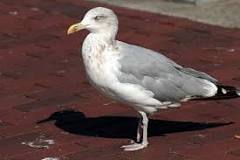
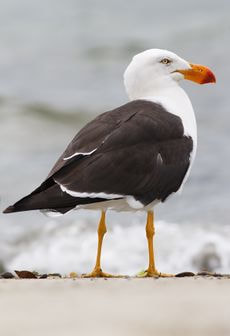
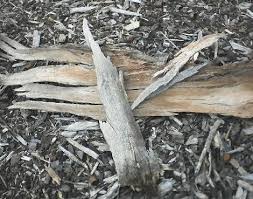
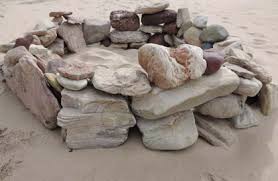
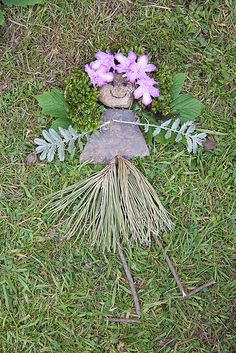
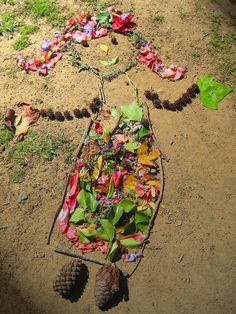
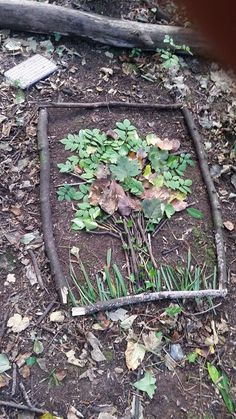
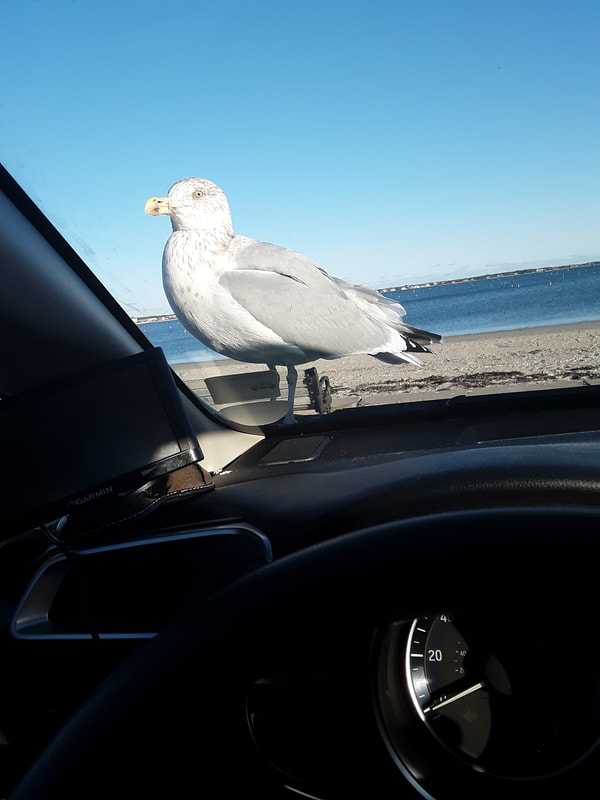
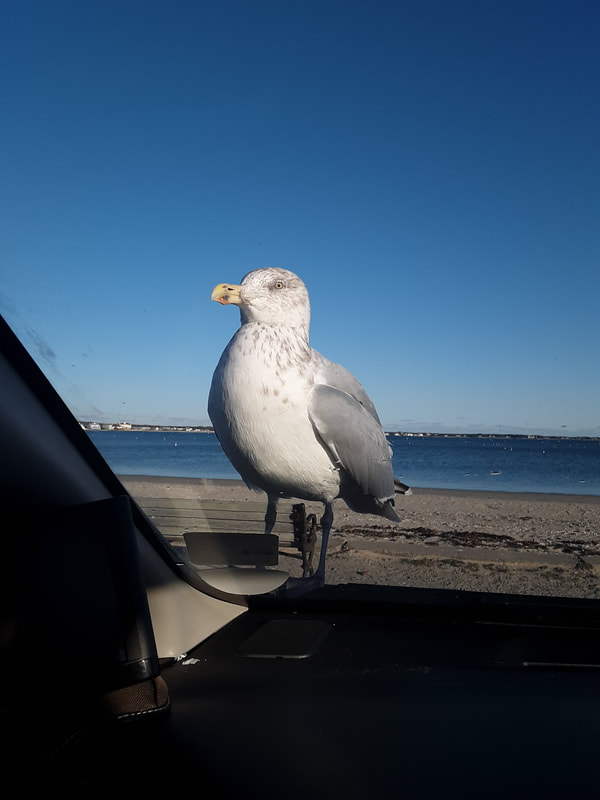
 RSS Feed
RSS Feed
